12.2 Symbolic Representation in Art and Poetry
The following art images and poems can be explored through close observation to detail in the painting and then to specific figurative language in the poems. Understanding and interpreting poetry and art symbolically can lead to creative and imaginative learning. The ideas presented in the previous chapter sections can also be applied to the following art images and poems. As you read the poems and view the art images, what other complementary poem and art connections can you think of?

“Dream Variations” by Langston Hughes (1901-1967)
To fling my arms wide
In some place of the sun,
To whirl and to dance
Till the white day is done.
Then rest at cool evening
Beneath a tall tree
While night comes on gently,
Dark like me—
That is my dream!
To fling my arms wide
In the face of the sun,
Dance! Whirl! Whirl!
Till the quick day is done.
Rest at pale evening . . .
A tall, slim tree . . .
Night coming tenderly
Black like me.
An autobiography of Langston Hughes can be found here.
“Acquainted with the Night” by Robert Frost (1874-1963)
I have been one acquainted with the night.
I have walked out in rain—and back in rain.
I have outwalked the furthest city light.
I have looked down the saddest city lane.
I have passed by the watchman on his beat
And dropped my eyes, unwilling to explain.
I have stood still and stopped the sound of feet
When far away an interrupted cry
Came over houses from another street,
But not to call me back or say good-bye;
And further still at an unearthly height,
One luminary clock against the sky
Proclaimed the time was neither wrong nor right.
I have been one acquainted with the night.
To access more collected poems by Robert Frost please open the Project Gutenberg link here.
Additional Source: Frost, R. (1928). West-Running Brook. Illustrations by Julius John (J.J.)Lankes (1884-1960) Henry Holt & Co, 1928.
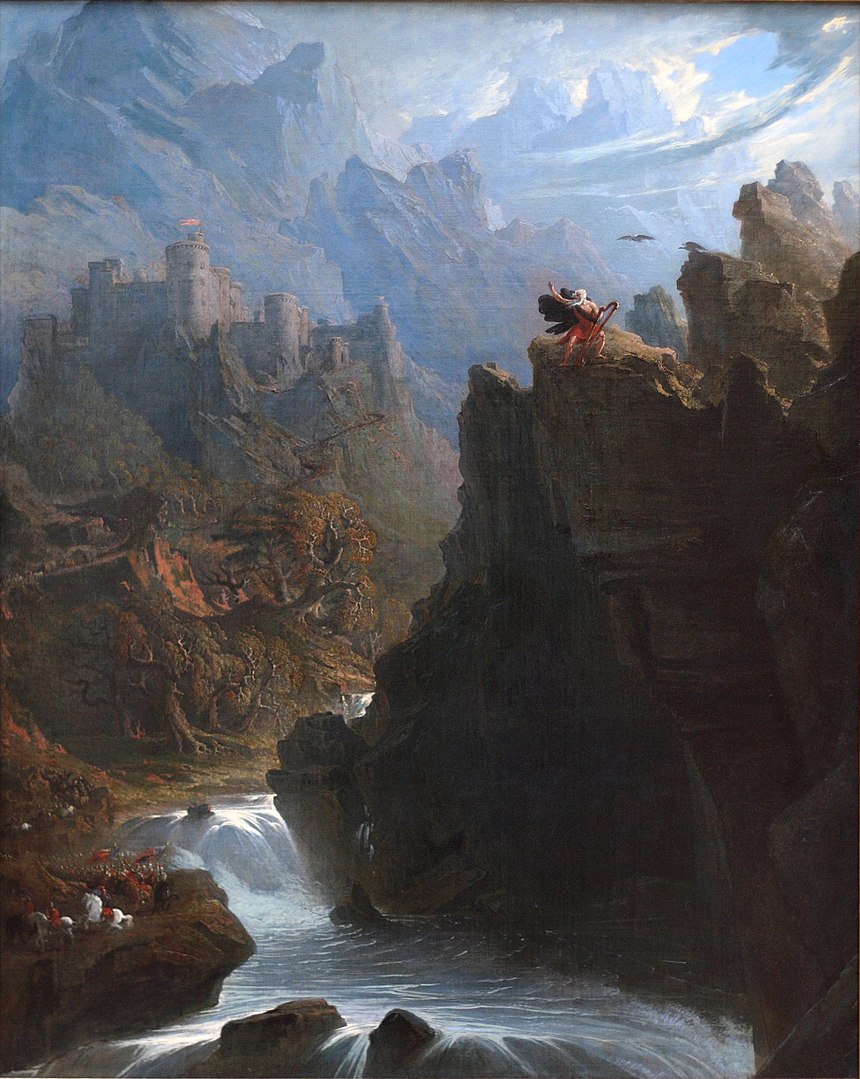
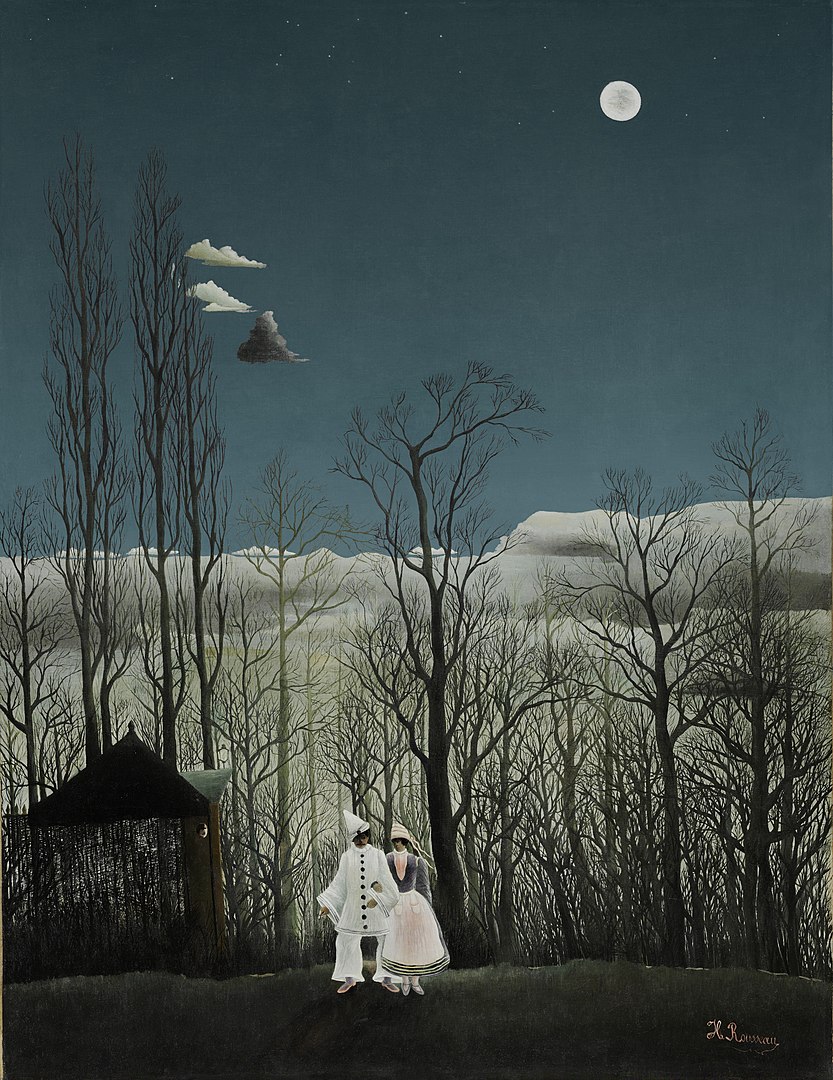
“Ah! Sun-flower” by William Blake
Ah Sun-flower! weary of time,
Who countest the steps of the Sun:
Seeking after that sweet golden clime
Where the travellers journey is done.
Where the Youth pined away with desire,
And the pale Virgin shrouded in snow:
Arise from their graves and aspire,
Where my Sun-flower wishes to go.
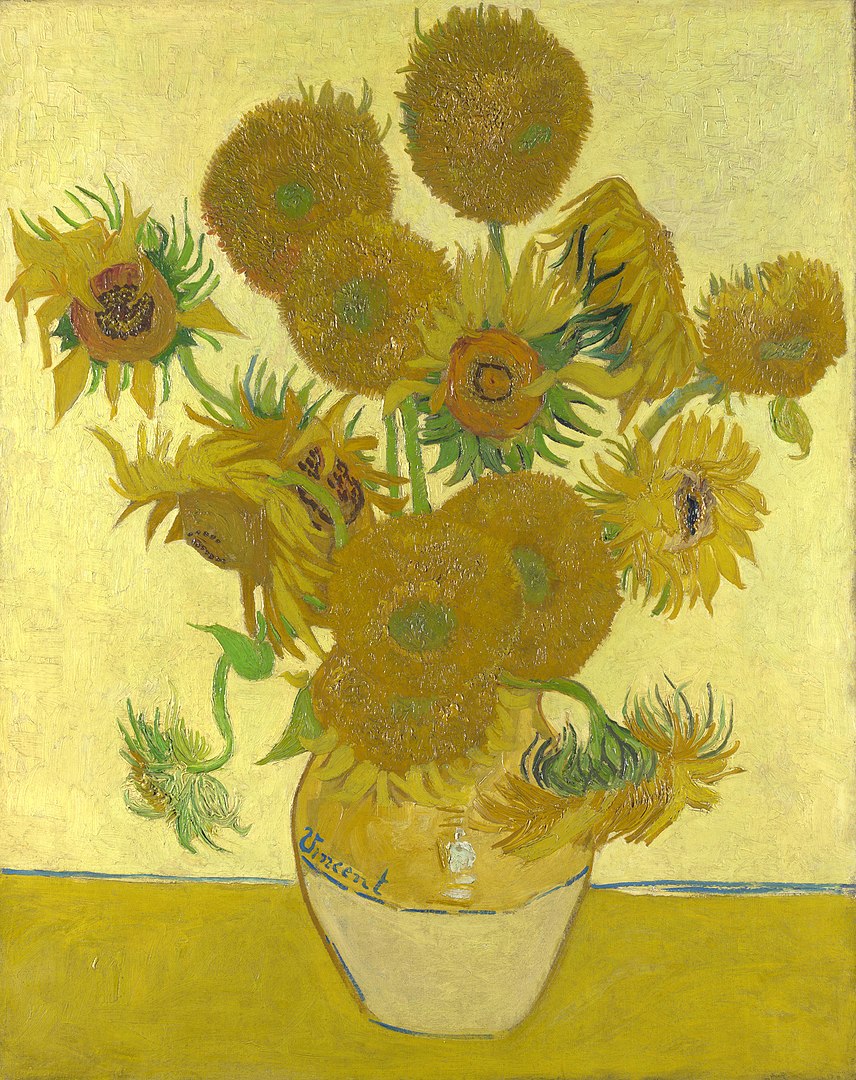
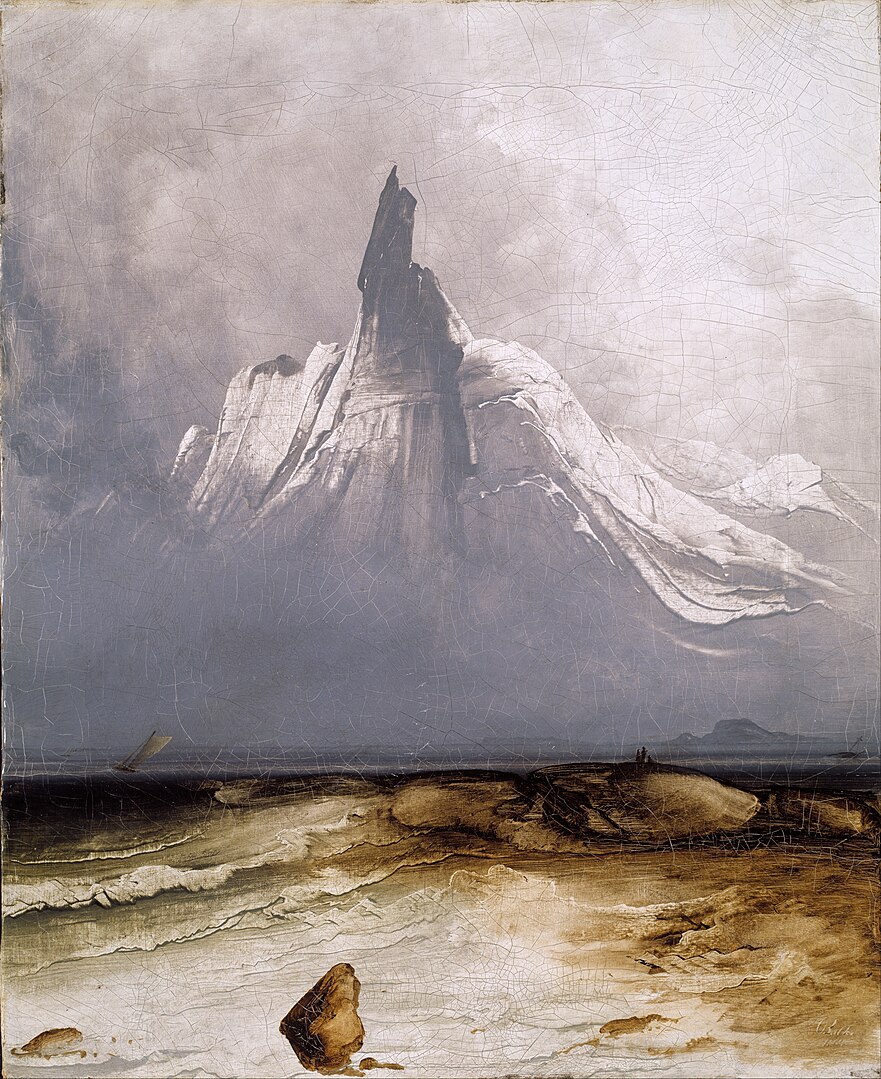
“Fog” by Carl Sandburg (1878-1967)
The fog comes
on little cat feet.
It sits looking
over harbor and city
on silent haunches
and then moves on.
Links to the full-length poems can be retrieved from The Poetry Foundation website here.
Please also refer to the glossary of poetic images here. :
Impressions: Bridging Poetry and Art through Themes
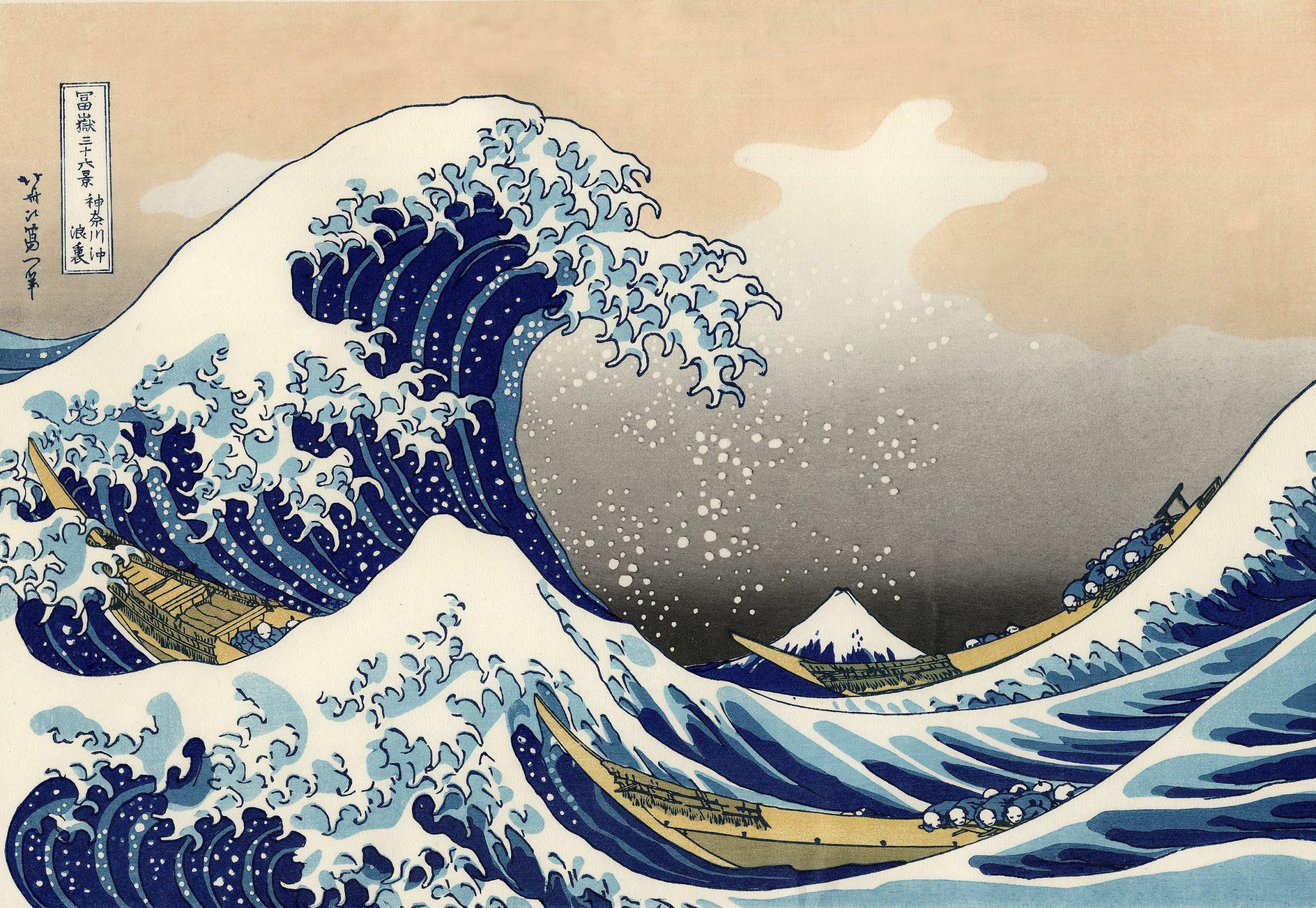
For more information about Hokusai’s “The Great Wave off Kanagawa” Please open the Metropolitan Museum of Art link here.
“A Wave of the Sea” by Joseph Mary Plunkett
I am a wave of the sea
And the foam of the wave
And the wind of the foam
And the wings of the wind.
My soul’s in the salt of the sea
In the weight of the wave
In the bubbles of foam
In the ways of the wind.
My gift is the depth of the sea
The strength of the wave
The lightness of foam
The speed of the wind.
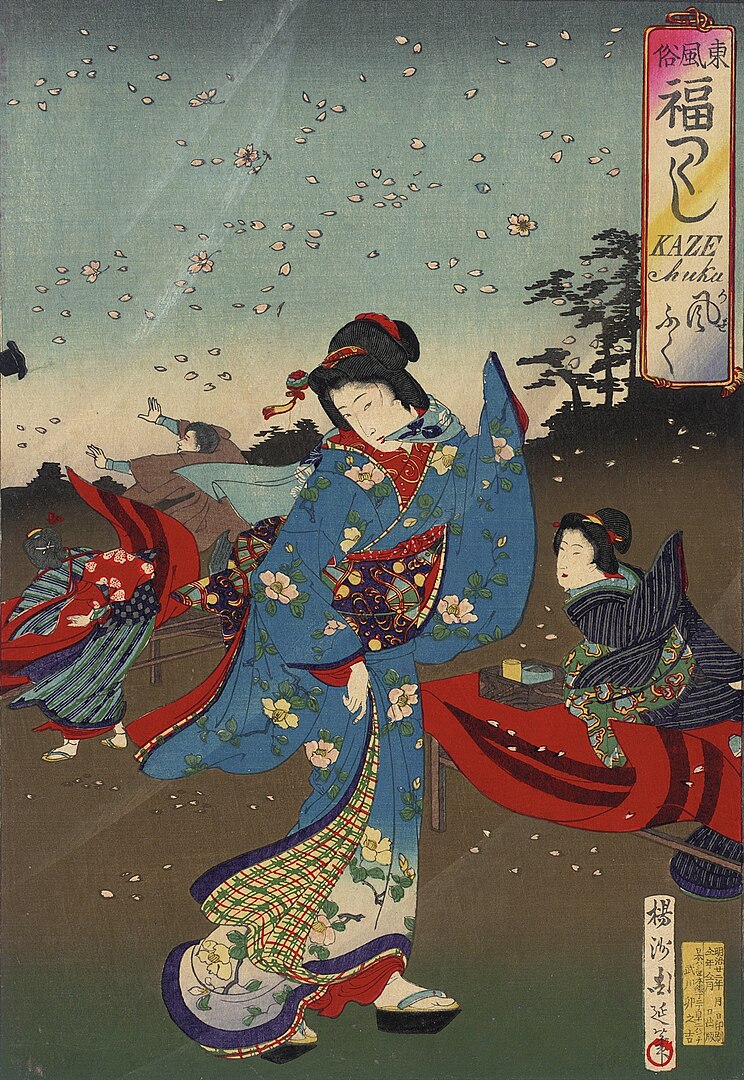
“Who Has Seen the Wind”? By Christina Rossetti (1834-1890)
Who has seen the wind?
Neither I nor you:
But when the leaves hang trembling,
The wind is passing through.
Who has seen the wind?
Neither you nor I:
But when the trees bow down their heads,
The wind is passing by.
To read more poems by Christina Rossetti please open the Project Gutenberg ebook here and here.
“There is no Frigate like a Book” by Emily Dickinson
There is no Frigate like a Book
To take us Lands away
Nor any Coursers like a Page
Of prancing Poetry –
This Traverse may the poorest take
Without oppress of Toll –
How frugal is the Chariot
That bears the Human Soul .
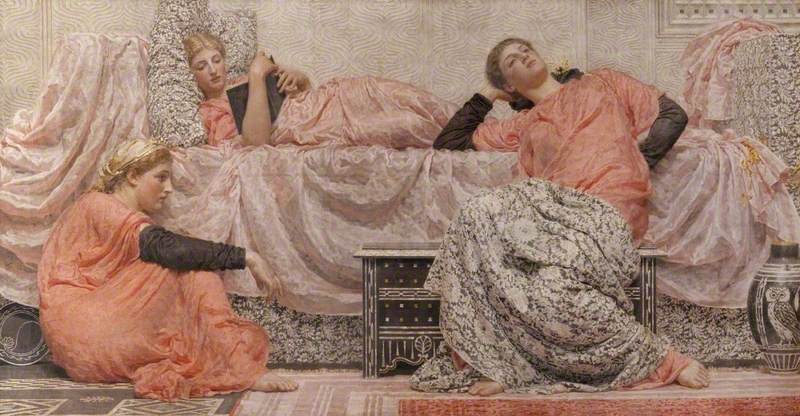
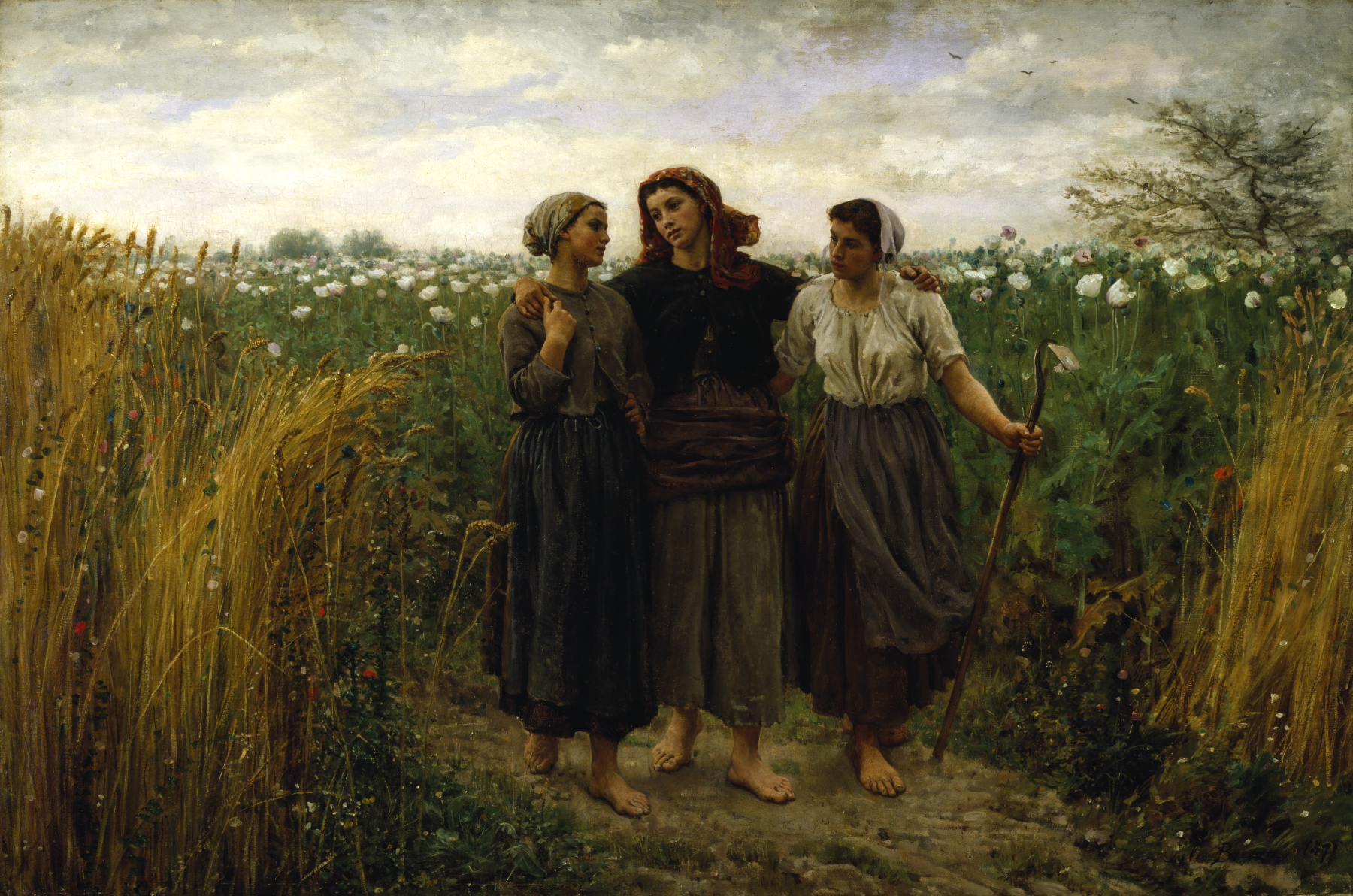
Social realist painters like Jules Adolphe Aimé Louis Breton represented an artist’s efforts to interpret and represent the world. This style of painting was associated with democratic and socialist political movements in Europe. An effort was made to depict the socio-cultural conditions of working-class people. Realism was manifested in literature as well as the visual arts with writers like Guy De Maupassant, Emile Zola, and Charles Baudelaire. For more information please open the link here.
“A Time to Talk” by Robert Frost (1874-1963)
When a friend calls to me from the road
And slows his horse to a meaning walk,
I don’t stand still and look around
On all the hills I haven’t hoed,
And shout from where I am, what is it?
No, not as there is a time to talk.
I thrust my hoe in the mellow ground,
Blade-end up and five feet tall,
And plod: I go up to the stone wall
For a friendly visit.
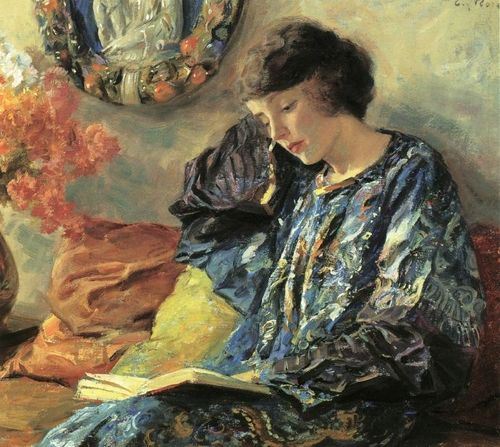
“The Brain is Wider than the Sky” by Emily Dickinson
’.The Brain — is wider than the Sky —
For — put them side by side —
The one the other will contain
With ease — and You — beside —
The Brain is deeper than the sea —
For — hold them — Blue to Blue —
The one the other will absorb —
As Sponges — Buckets — do —
The Brain is just the weight of God —
For — Heft them — Pound for Pound —
And they will differ — if they do —
As Syllable from Sound —
To read more poems by Emily DIckinson, please open the link here.
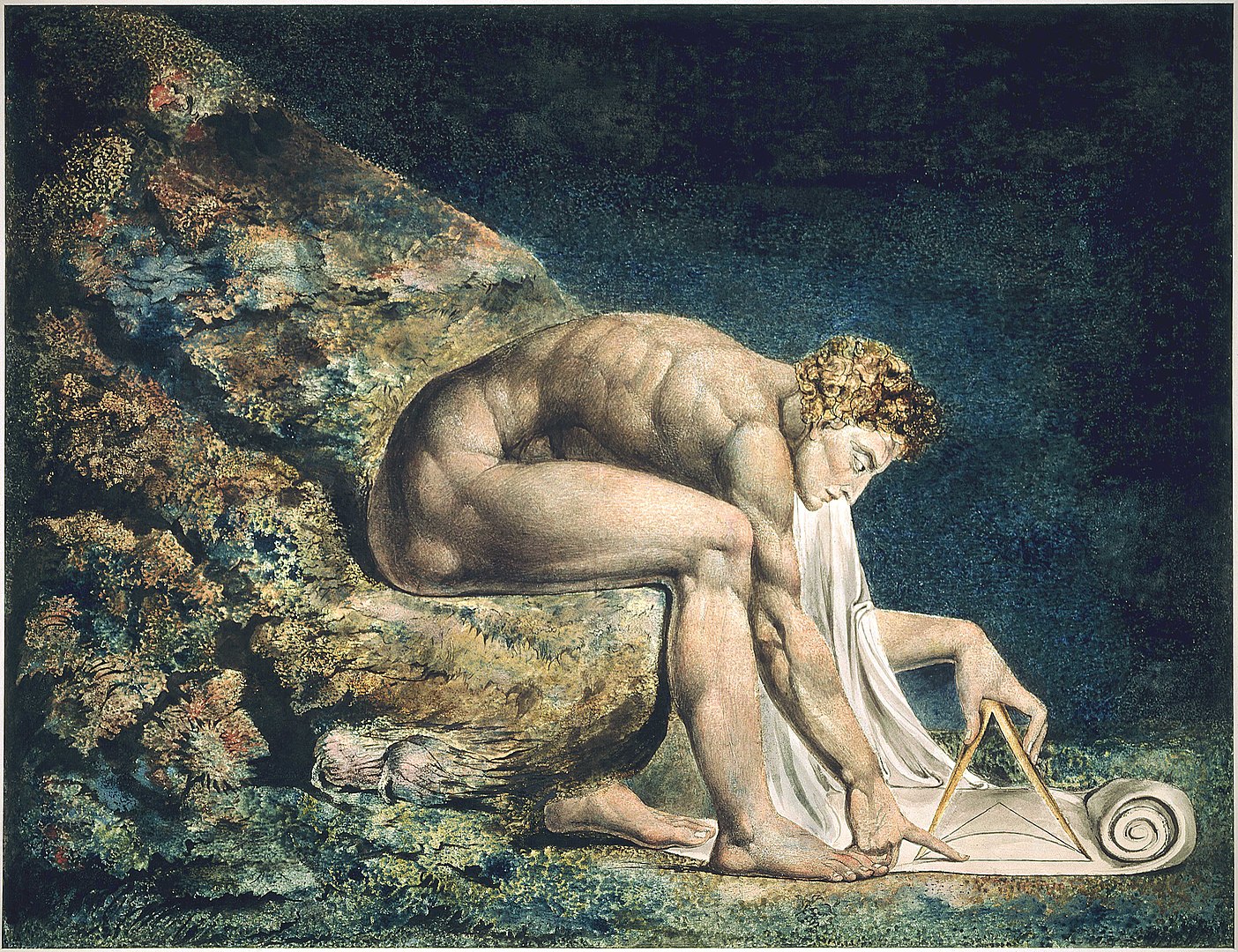
Note: “Art is the Tree of Life. “Science is the Tree of Death,” William Blake (1757-1827) viewed the scientific trio of Isaac Newton, John Locke and Francis Bacon as sterile and materialistic. Here Newton appears as a “divine geometer”; Fionna Maddocks (2015) writes that in this work of art (above), Isaac Newton is portrayed as an idea rather than a portrait – sits on a rock covered in algae, making calculations with a compass, similar to Urizen in Ancient of Days. (Maddocks, 2015).
Please open the link below for examples of Blake’s literary art here.
To read “The 10 best art works of William Blake” written by Fionna Maddocks (2015) please open The Guardian link here.

